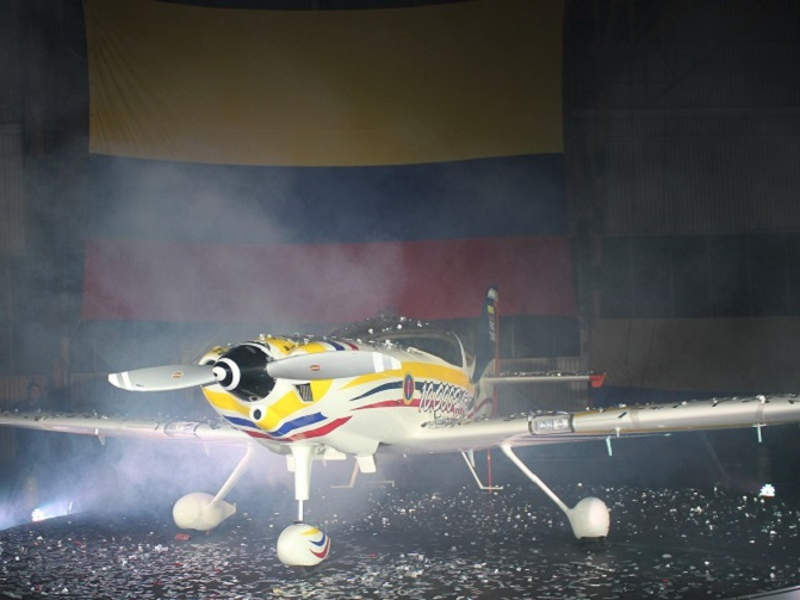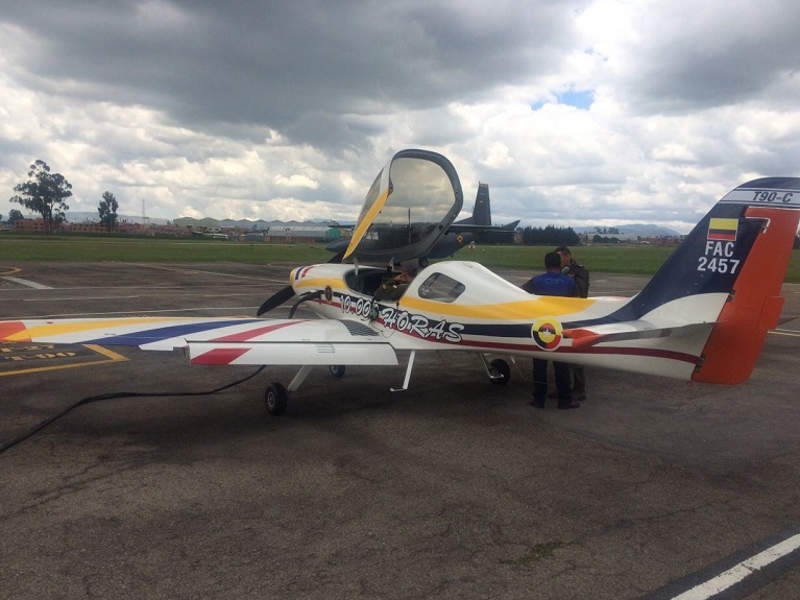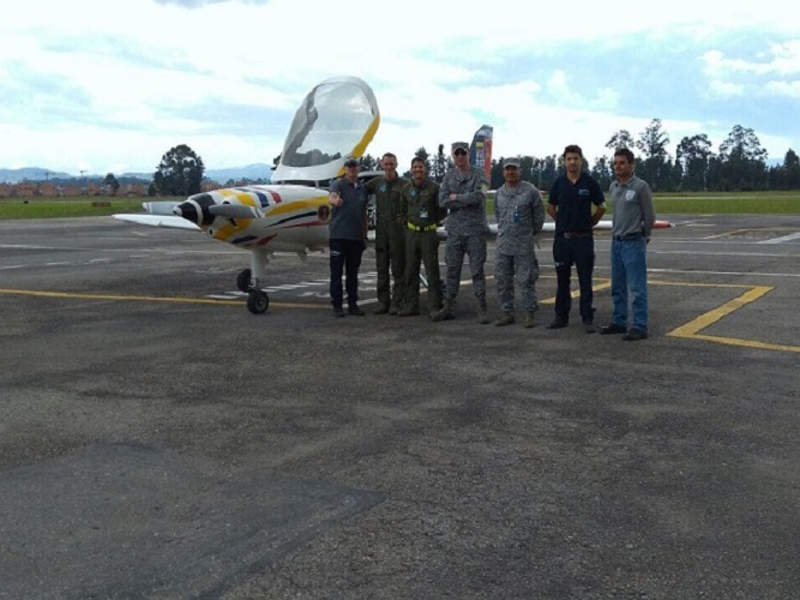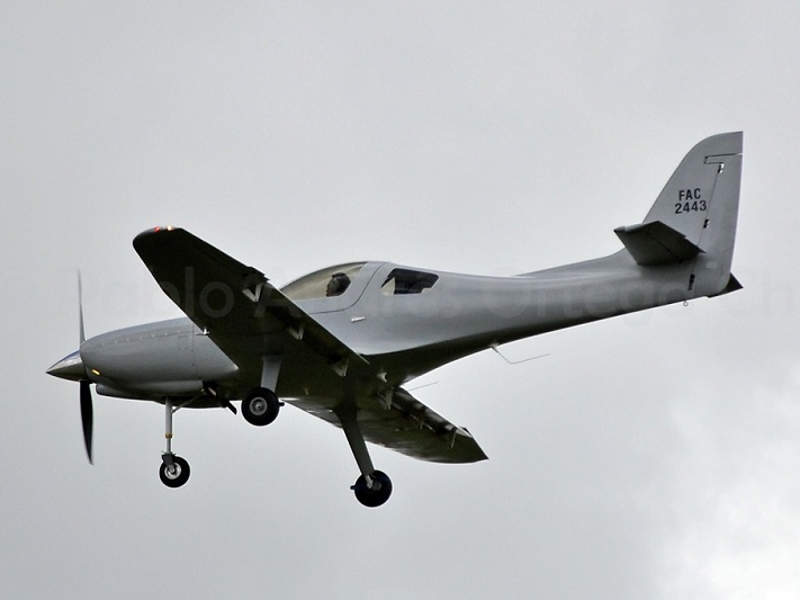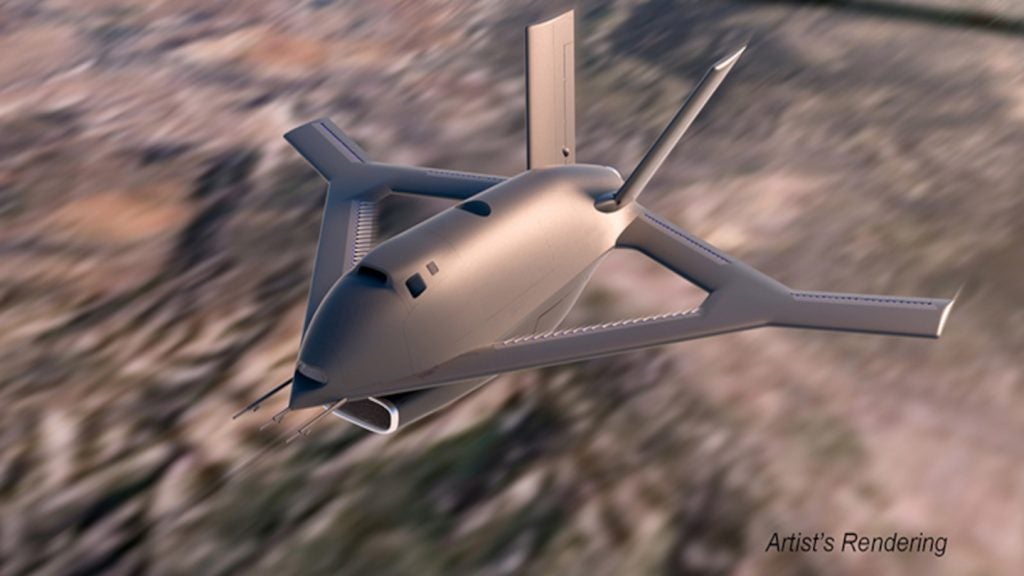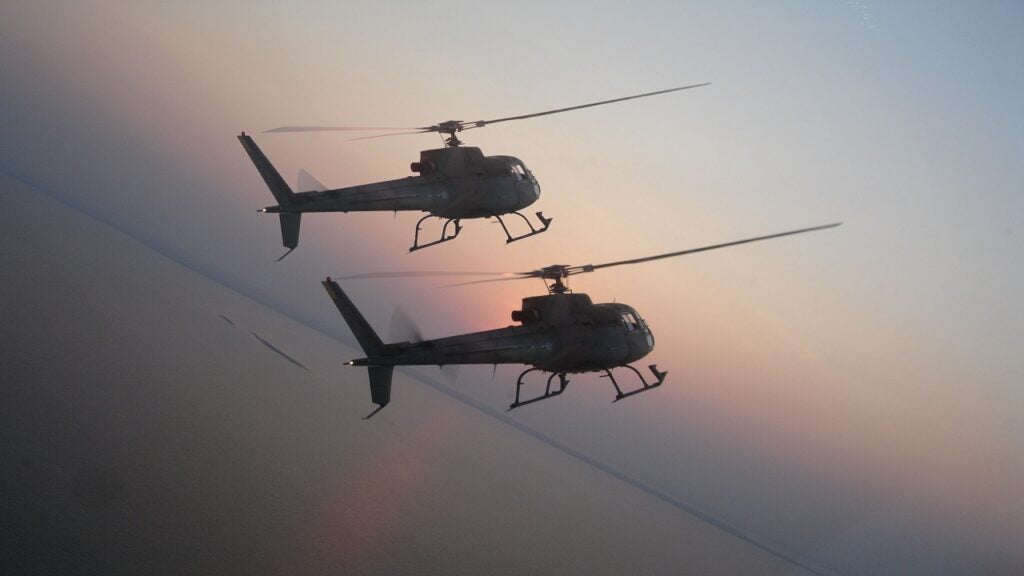
Calima T-90 is a basic trainer aircraft developed by the Corporación de la Industria Aeronáutica Colombiana (CIAC) and Lancair to replace the aging fleet of T-41 Mescalero and the Beechcraft T-34 Mentor trainers of the Colombian Air Force (Fuerza Aérea Colombiana-FAC).
The Calima T-90 trainer made its first flight at the Major Justino Mariño Cuesto Air Base in September 2010. The aircraft entered service with the FAC in November 2010. The CAIC delivered a total of 26 aircraft to the FAC by July.
The T-90 fleet operated by the Colombian Air Force has accumulated more than 10,000 flight hours as of this year.
Calima T-90 development details
The Colombian Air Force placed an order with Lancair to deliver Calima T-90 trainers in the kit form for final assembly in Colombia, in 2009.
Lancair provided the design and sourced major components for the order, while the aircraft were locally assembled by the CIAC’s facilities at the Air Maintenance Command (CAMAN), located at the Justino Mariño Cico Air Base in Madrid, Cundinamarca, Colombia.
The T-90 fleet of the FAC was subsequently upgraded to T-90C configuration with reinforced landing gear and advanced avionics suite.
Lancair and the CIAC intend to obtain civil certification for Calima T-90 to offer the aircraft for civil aviation customers.
Design of T-90 trainer aircraft
Calima T-90 is a low-wing monoplane made of composite materials. It is a modified variant of the Lancair Legacy FG aircraft and features larger wing surface and extended flaps compared to its predecessor.
The under-fuselage is fitted with a fixed try-cycle type landing gear with a steerable tailwheel and two main wheel units. The efficient aerodynamic design, offering high manoeuvrability, stability and low-speed loss makes the Calima T-90 an ideal platform for military training missions.
The aircraft has a length of 6.8m, wing span of 8.8m and a wing surface area of 7.6m². Its maximum operating weight and payload capacity are 998kg and 340kg respectively.
Cockpit and avionics
The cockpit accommodates two crew members in a side-by-side seating arrangement and has a forward-opening bubble canopy. The cockpit also features a single window on either side of the fuselage, and a centrally mounted control lever.
The modern cockpit is equipped with a Garmin G500 avionics suite integrating a primary flight display (PFD) and a multi-function display (MFD). The night vision google (NVG)-compatible PFD screen displays the primary situational information such as attitude, altitude, airspeed, climb rate, and flight progress information, while the MFD presents moving-map visuals of the aircraft’s present location, terrain, traffic information, chart data, navigation aids and flight plan routings.
The avionics suite also integrates a GDC 74A air data computer, a GTN 750 fully integrated global positioning system / navigation / communication (GPS / NAV / COM) solution, a GMU 44 magnetometer, a GRS 77 attitude heading reference system (AHRS), and a GTP 59 outside air temperature probe.
The aircraft can be equipped with traffic collision avoidance system (TCAS) and a range of optional sensors and data links for improved traffic surveillance in high-density airspace.
Calima T-90 trainer engines and performance
The aircraft is powered by a Lycoming IO-390 four-cylinder engine driving a two-bladed constant speed propeller. The engine develops a power of 210hp (157kW) at 2,700rpm. The power-plant provides a cruising speed of 296km/h (160kt) and a maximum speed of 352km/h (190kt).
The aircraft can fly at a maximum altitude of 18,000ft, has a maximum range of 1,435km (775nmi), and can be airborne for up to six hours.
The Global Military Aircraft Market 2011-2021
This project forms part of our recent analysis and forecasts of the global Military Aircraft market available from our business information platform Strategic Defence Intelligence. For more information click here or contact us: EMEA: +44 20 7936 6783; Americas: +1 415 439 4914; Asia Pacific: +61 2 9947 9709 or via email.

